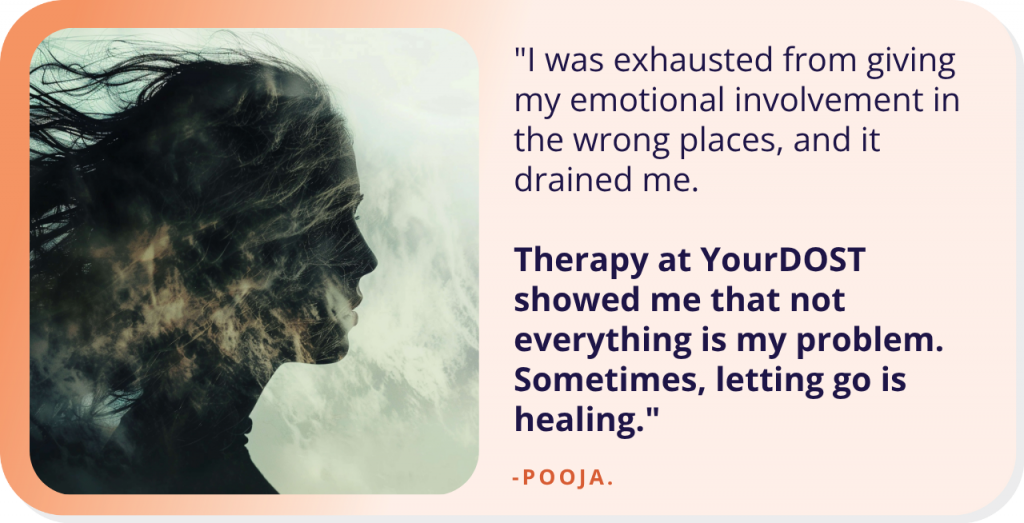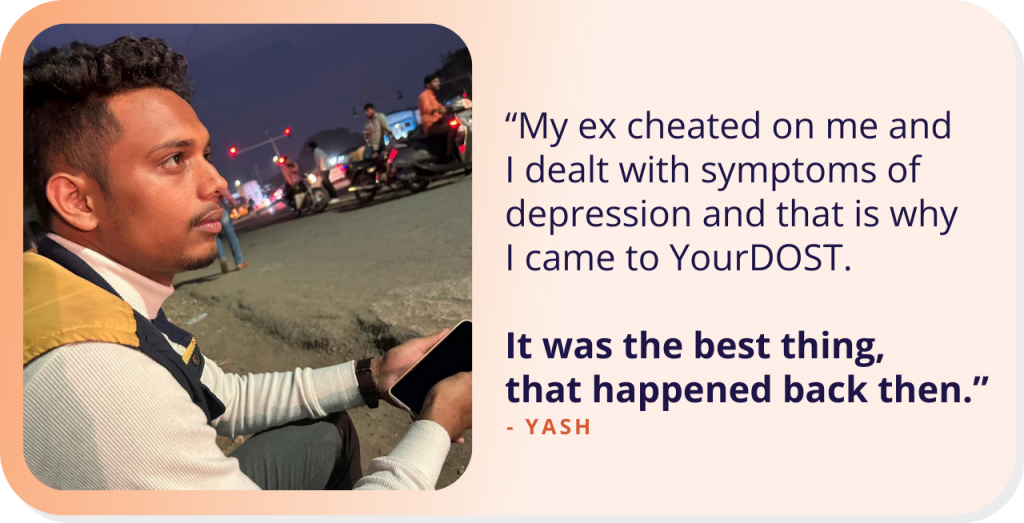The Perks of Being an Optimist
This post is about optimism and pessimism. We try and answer 3 questions, all answers backed by research,
- How do you know if you are a pessimist?
- How do you become an optimist?
- When does pessimism come in handy?
1.How do you know if you are a pessimist?
UPenn professor and happiness expert Martin Seligman tells us that,
There are three characteristics of pessimists:
They think bad stuff last forever, they don’t think bad things happen for a reason and they assume that it is all their fault. Optimists on the other hand believe that the bad stuff lasts for just some time, it happens for a reason and that it is not their fault.
When confronted with a hard time, optimists view it as a challenge to overcome, and give it their best.
Need we go on about why you should give optimism a chance? We anyway will!
So ultimately, pessimists quit and they are overcome with a sense of hopelessness while optimists have a greater chance of succeeding.
2. Next, how do you become an optimist?
According to renowned psychologist, Michele Crossley,
Tell yourself a happy story about what is going on in your life. Try and put a positive spin to it. Depression is nothing but incoherent account of what has happened, a “life story gone awry”. So change the story you tell yourself, and well, change your life.
So if the voice in your head is saying that things will never be right and that it is all your fault, change that voice.
3. And finally, when does pessimism come in handy?
According to Martin E Seligman in his book, ‘Learned Optimism’,
Given, pessimists have a more realistic and accurate version of what is happening. However, the ‘delusion’ of optimists is “self-serving”.
A little bit of pessimism is good for you, and a few pessimists here and there are probably good for a company too. The trick is in asking yourself, ‘What is the cost of failure?”. If the cost of failure is high, pessimism is the way to go. But keep your attitude what Seligman calls “flexible optimism”, that is, be optimistic most of the time, but use pessimism as a tool when the cost of failure is high.






